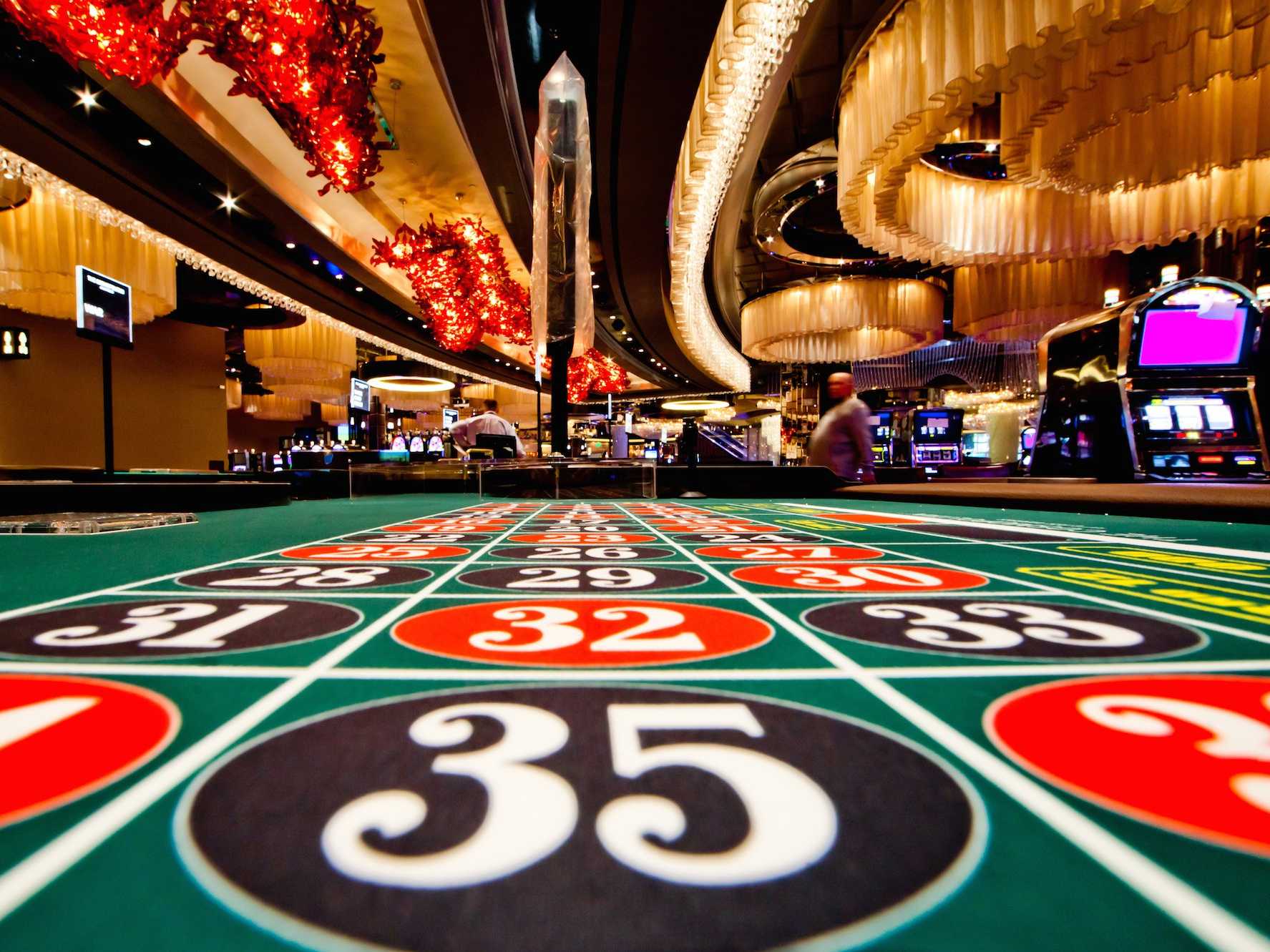In the shadows of these shimmering illuminations plus those enticing sounds of spinning reels lies an dynamic world in which creativity meets mathematics: the making of casino games. As players flock to gaming establishments seeking thrills and the possibility of striking it rich big, a huge amount of work takes place behind the scenes to create the games they enjoy. From the starting concept to the ultimate product that players engage with, numerous elements come together to ensure an captivating play experience.
Creators, technicians, and game creators collaborate to merge innovative technology with enthralling gameplay mechanics. Each aspect, from graphics plus sound effects to odds and returns, is carefully crafted to attract players and keep them engaged. Understanding this complex process of how casino games are made reveals both the technical skills required but also the creative vision that transforms these immersive experiences to life.
Game Design Process
The design process starts with idea generation and concept development, where creators generate ideas for new casino games. mmlive This first phase often includes pinpointing target audiences and understanding market trends. Designers consider elements like game mechanics, themes, and payout structures to develop an engaging experience. Teamwork between game designers, mathematicians, and artists is crucial to guarantee a well-rounded concept.
Once a design is chosen, the next stage involves creating prototypes and testing. Designers create a working version of the game to evaluate its playability and mechanics. This allows for adjustments and refinements based on feedback from testers. Iteration is key, as designers may navigate multiple rounds of testing to optimize gameplay balance and user experience. This phase is crucial for spotting any potential issues before the game goes into production.
After testing, the game moves into development and production. This includes the technical aspects of coding the game software, integrating graphics, and ensuring compliance with gaming regulations. Quality assurance testing verifies that the game functions seamlessly across various platforms and devices. Once everything is polished, the game is prepared for launch, usually accompanied by marketing strategies to attract players and generate buzz around the latest casino game.
Technology and Advancement
The development of casino games has evolved significantly with progress in tech. Modern game design often includes premium graphics, engaging sound effects, and engaging animations that deliver a captivating experience for gamers. Game developers use complex software tools and coding languages to create these immersive gaming experiences. Additionally, the use of RNGs ensures equity and unpredictability in outcomes, which is essential for ensuring player trust and compliance with gaming regulations.
In recent years, the rise of online casinos has expanded the boundaries of game development even further. Developers are now able to design games that appeal to a global audience, integrating features such as live dealers and virtual reality environments. bắn cá mmlive This shift has encouraged innovation, leading to novel game mechanics and formats that enhance player engagement. Gaming on mobile devices has also become a major focus, encouraging developers to tailor games for smartphones and tablets, ensuring availability and ease of access for players on the go.

Collaboration among creators, artists, and mathematicians is essential in the creation process. Each team contributes their knowledge to ensure games are not only aesthetically pleasing but also mathematically sound and enjoyable. The integration of player feedback during beta testing allows developers to enhance game features and functionalities, ultimately leading to a favorable launch. As technology continues to advance, the potential for new game concepts and experiences is unbounded, promising an exciting future for casino games.
Assessing and Quality Control
Once a gambling game has been created, it transitions to the critical phase of evaluation and quality assurance. This stage ensures that the game operates perfectly and provides a fair experience for gamblers. Teams conduct comprehensive tests, including operational checks to ensure that all game features work as expected. Each component, from graphics to sound effects, is reviewed to ensure high standards are met.
In addition to functionality testing, the game entails stringent compliance checks to meet compliance requirements. Multiple jurisdictions have specific rules governing game fairness and player protection. Quality assurance teams will verify that the random number generators are operating correctly and that the game’s payout percentages align with industry standards. This meticulous examination helps forge trust with users and oversight bodies alike.
Finally, pre-launch testing may be conducted with real players to gather insights on user experience. This invaluable insight allows developers to implement necessary adjustments before the public launch. Tackling any possible issues identified during this phase helps ensure that gamblers will have a fluent, immersive experience when the game goes live. The commitment to excellence reflects the sector’s dedication to delivering entertaining and trustworthy casino games.